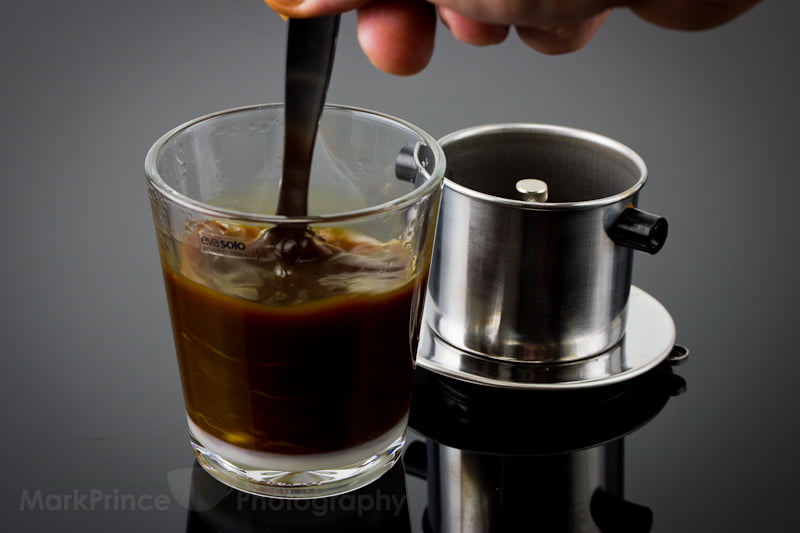PostsEspresso is a popular beverage that lots of people love to hate. If done correctly, it can be a delicious treat; if done badly, it can be bitter, burnt, and taste awful. There are many factors involved in pulling a fantastic espresso coffee shot, including grind size, temperature, quality of the espresso machine, and more. Among the many important variables when pulling a shot of espresso coffee is tamping. Tamping the coffee grounds in the portafilter compresses the grounds into a coffee puck, which creates resistance for the water that passes through the puck. This is done to extract the maximum amount of tastes and aromas from the beans in the shortest amount of time. The pressure for tamping the ground coffee into a filter-basket is about 20 to 30 pounds of pressure. There are different techniques for tamping, such as the Stockfleth recipe, the tap method, and using tools. The Stockfleth method involves using an index finger and rotation to distribute grounds and degree them flush with the basket’s rim. The tap technique involves a few successive taps and knocks to remove, lose spots, or air pockets and level the coffee grounds. Using tools involves an espresso distribution tool followed by a leveling device to create an even distribution and puck. It is important to keep the portafilter degree on the kitchen counter to avoid uneven pucks. Pre-tamping is also an option to prepare the coffee bed for tamping by applying a low amount of pressure. When learning how to tamp, it is recommended to start tamping on a bathroom scale to get the sensation of what means to press 30 lbs. Once muscle memory is developed, the scale can be ditched. Overall, tamping is an important part of making a fantastic espresso coffee shot and needs to not be overlooked.
This article firstly appeared at Brew Espresso Coffee, a website dedicated to make popular the art of making espresso beverages.
